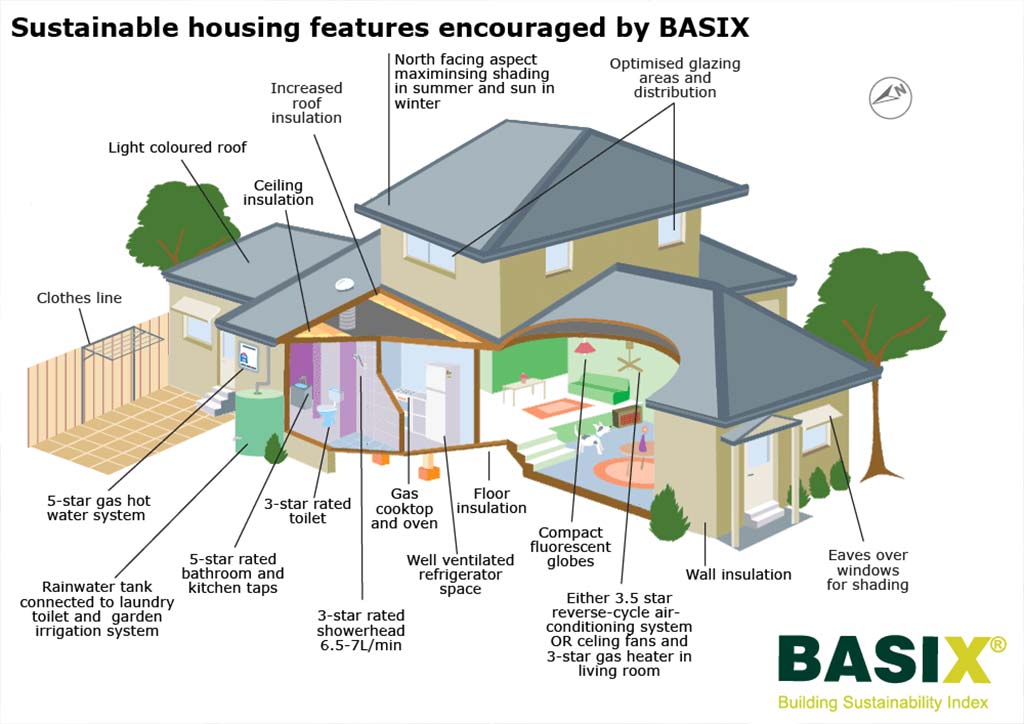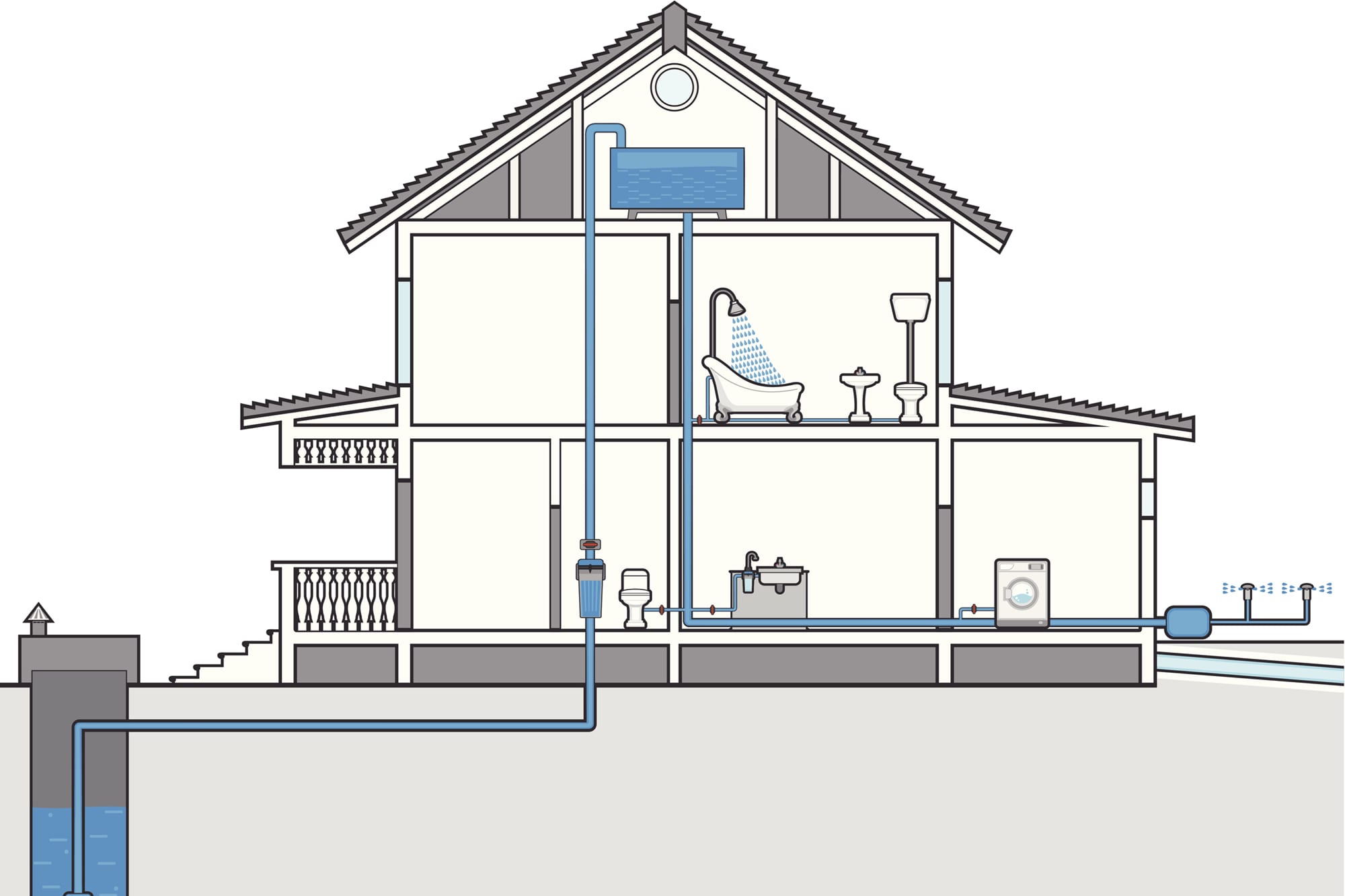The Layout of Your House's Plumbing System Explained
The Layout of Your House's Plumbing System Explained
Blog Article
Right here in the next paragraphs you will find a bunch of dependable details in relation to Understanding Your Home's Plumbing Anatomy.

Comprehending exactly how your home's pipes system functions is essential for every house owner. From supplying clean water for drinking, food preparation, and showering to securely eliminating wastewater, a well-kept plumbing system is important for your household's wellness and convenience. In this detailed overview, we'll check out the complex network that comprises your home's plumbing and offer tips on maintenance, upgrades, and handling common issues.
Intro
Your home's pipes system is greater than simply a network of pipelines; it's an intricate system that guarantees you have access to clean water and effective wastewater elimination. Recognizing its parts and just how they interact can aid you protect against expensive repair services and make sure everything runs efficiently.
Standard Parts of a Plumbing System
Pipes and Tubing
At the heart of your plumbing system are the pipelines and tubes that bring water throughout your home. These can be made from various materials such as copper, PVC, or PEX, each with its benefits in regards to longevity and cost-effectiveness.
Fixtures: Sinks, Toilets, Showers, etc.
Components like sinks, bathrooms, showers, and bathtubs are where water is used in your house. Recognizing exactly how these fixtures attach to the pipes system assists in identifying issues and preparing upgrades.
Valves and Shut-off Points
Valves regulate the circulation of water in your pipes system. Shut-off shutoffs are vital throughout emergency situations or when you require to make repair services, enabling you to separate parts of the system without interrupting water flow to the whole home.
Water System System
Main Water Line
The main water line connects your home to the metropolitan supply of water or an exclusive well. It's where water enters your home and is dispersed to numerous components.
Water Meter and Pressure Regulator
The water meter measures your water usage, while a pressure regulator guarantees that water streams at a safe pressure throughout your home's plumbing system, preventing damages to pipelines and components.
Cold Water vs. Hot Water Lines
Comprehending the distinction between cold water lines, which supply water directly from the main, and warm water lines, which carry warmed water from the hot water heater, aids in fixing and planning for upgrades.
Drain System
Drain Pipeline and Traps
Drain pipes carry wastewater far from sinks, showers, and commodes to the sewage system or septic system. Catches stop drain gases from entering your home and likewise trap debris that can trigger blockages.
Ventilation Pipes
Ventilation pipelines permit air right into the drain system, avoiding suction that might slow down drain and create catches to vacant. Appropriate air flow is necessary for maintaining the integrity of your plumbing system.
Importance of Proper Drainage
Guaranteeing correct water drainage protects against back-ups and water damages. Regularly cleansing drains pipes and preserving traps can avoid expensive fixings and expand the life of your pipes system.
Water Furnace
Sorts Of Hot Water Heater
Hot water heater can be tankless or traditional tank-style. Tankless heating systems heat water as needed, while containers save warmed water for instant use.
Upgrading Your Pipes System
Factors for Updating
Updating to water-efficient fixtures or changing old pipes can boost water high quality, decrease water bills, and raise the worth of your home.
Modern Plumbing Technologies and Their Advantages
Explore modern technologies like smart leakage detectors, water-saving toilets, and energy-efficient hot water heater that can save cash and reduce ecological impact.
Price Considerations and ROI
Compute the in advance expenses versus lasting cost savings when taking into consideration plumbing upgrades. Several upgrades pay for themselves via reduced energy bills and less repairs.
Just How Water Heaters Link to the Pipes System
Understanding exactly how hot water heater connect to both the cold water supply and hot water circulation lines assists in diagnosing concerns like inadequate hot water or leakages.
Maintenance Tips for Water Heaters
Consistently flushing your hot water heater to remove debris, checking the temperature level settings, and evaluating for leaks can expand its life-span and enhance power effectiveness.
Common Pipes Issues
Leakages and Their Causes
Leaks can take place because of aging pipelines, loose installations, or high water stress. Attending to leakages promptly protects against water damage and mold and mildew growth.
Blockages and Blockages
Blockages in drains and bathrooms are usually triggered by purging non-flushable products or a build-up of oil and hair. Using drain screens and being mindful of what decreases your drains pipes can protect against blockages.
Indicators of Plumbing Issues to Expect
Low water stress, slow-moving drains pipes, foul odors, or abnormally high water bills are indications of potential plumbing issues that must be resolved quickly.
Pipes Upkeep Tips
Regular Assessments and Checks
Set up annual plumbing assessments to capture issues early. Try to find indications of leakages, corrosion, or mineral buildup in faucets and showerheads.
DIY Maintenance Tasks
Basic jobs like cleaning faucet aerators, looking for toilet leakages making use of color tablet computers, or shielding revealed pipelines in cool climates can avoid major plumbing concerns.
When to Call an Expert Plumbing Professional
Know when a pipes problem needs professional competence. Trying intricate repairs without proper knowledge can result in more damage and greater repair prices.
Tips for Lowering Water Usage
Easy practices like repairing leaks immediately, taking much shorter showers, and running complete tons of laundry and meals can save water and lower your utility expenses.
Eco-Friendly Plumbing Options
Take into consideration lasting plumbing materials like bamboo for flooring, which is durable and environmentally friendly, or recycled glass for counter tops.
Emergency Preparedness
Steps to Take During a Pipes Emergency situation
Know where your shut-off shutoffs lie and exactly how to shut off the water system in case of a burst pipe or significant leakage.
Relevance of Having Emergency Situation Calls Useful
Keep contact details for neighborhood plumbing technicians or emergency situation services readily available for fast action during a plumbing crisis.
Environmental Impact and Conservation
Water-Saving Fixtures and Devices
Setting up low-flow faucets, showerheads, and toilets can dramatically minimize water usage without sacrificing efficiency.
Do It Yourself Emergency Fixes (When Applicable).
Short-lived repairs like making use of air duct tape to patch a leaking pipeline or putting a bucket under a trickling faucet can minimize damages up until a professional plumbing technician arrives.
Verdict.
Comprehending the anatomy of your home's pipes system empowers you to maintain it effectively, saving money and time on repair work. By following routine maintenance regimens and staying educated regarding modern-day plumbing technologies, you can ensure your pipes system operates successfully for many years to come.
HOW YOUR PLUMBING SYSTEM WORKS
Which Pipes Do What?
Blue lines = fresh water supply entering the building Red lines = hot water supply entering the building Grey lines = pipes carrying waste away from the building and venting pipes carrying gases away from the building (through the roof) YOUR MAIN PLUMBING SYSTEMS
There are two main plumbing systems that support your home s basic plumbing needs one that brings clean water into your home, and one that sends dirty water away from your home. Connected to the toilet, bath, shower, and other faucets in your home, these two systems keep your water flowing in the right directions.
ACCESSING FRESH WATER
Fresh and clean water is brought into your home through the main water supply line . Filtered through one pipe, this water is pressured to flow into the various fixtures in your home at any given time.
This water can be sourced from a well located on your property, a pond or river (mostly cottages), or, as in most cases, from the city s municipal water treatment centre. However, it is important to note that water that is untreated, such as the water siphoned from ponds or rivers, may not be safe to drink. Personal water supplies always need to be treated for hardness and contaminants before consumed.
MUNICIPAL WATER SUPPLIES
Improve taste and odour Remove sediment Eliminate hardness Reduce chlorine COLD WATER SUPPLY VS. HOT WATER SUPPLY
Cold water flows into your home or building through the service line, which then distributes hot or cold water to your fixtures. This line is most commonly run through a central column that runs floor to floor. Hot water runs in short and straight pipes as the longer the pipeline, the more heat that will be lost in the transfer. Having shorter pipes also allows residents to access hot water more quickly.
WASTE WATER SYSTEM
Your wastewater system is divided into two parts pipes that send wastewater away from your home and venting pipes that send sewer gas away from your home. Sewage water travels through pipes that flush the water and waste towards local sewers that are operated and managed by your city or town. Most sewer systems rely on gravity to move the wastewater to where it needs to go.
The further away from your toilet or sink, the larger wastewater pipes become. This allows for waste to be disposed of from various parts of your home or business at once without pipe blockages. The angle and flow of these pipes are also essential for keeping your waste pipes clear of build up.
https://harrisplumbing.ca/how-your-home-plumbing-system-works/

We are very fascinated by and I really hope you appreciated the entire blog posting. So long as you enjoyed our post plz do not forget to pass it around. Thank-you for going through it.
Schedule Your Service Report this page